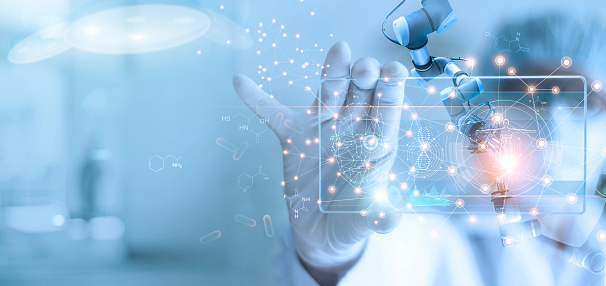AR initiatives show promise amid COVID-19 fallout
Will head-up displays, headsets and the like soon become part of supply chain, logistics and maintenance? The industry is moving in that direction, as augmented reality (AR) and virtual reality (VR) systems begin delivering fresh new Internet of Things (IoT) data analytics to workers in a variety of fields.
“We are at a point where AR and VR are coming into the enterprise, into commercial use,” said Michael Thomas, systems architect at analytics software provider SAS Institute. Thomas foresees augmented reality technology, particularly, capable of providing relevant data readouts, documentation and expert advice — even helping to create digital twins that remotely represent real-world manufacturing, maintenance and warehouse operations.
Others agree. After many pilots and proofs of concept, more AR initiatives could move into production, according to a Boston Consulting Group and PTC study.
That 2019 study on the state of industrial AR trends estimated that 68% of enterprise AR initiatives could go into production within 12 months. The study, however, predates the COVID-19 virus outbreak, which will call for many market predictions to be adjusted.
Notably, not all AR activity requires futuristic head-up displays. Where hands-free operations are not needed, simpler but more ubiquitous devices can act as the AR interface. In the BCG/PTC study, respondents said they were making AR available on smartphones and tablets at 62% and 55%, respectively.
While AR momentum could be constrained by an economic slowdown buffeted by COVID-19 – some AR elements could gain new traction, just as remote conferencing services have found wider use with virus-related lockdowns.
AR Puts IoT Data in Context
Connecting workers to useful IoT data feeds is a major goal of AR initiatives. The context they provide is similar to traffic information overlaying Google Maps or picture markups made by Instagram users.
AR-enabled devices can display data readouts on top of 3D physical objects people work with, and, according to SAS’s Thomas, these can provide a better way to deal with complex information coming off the Internet of Things (IoT). As circumstances drive more remotely controlled activity, that has appeal.
“The opportunity here is to use AR technology to put the data into the context of physical reality,” he said. Challenges loom and much work remains, however, as these systems require many moving parts including: varieties of IoT sensors, big data stores, streaming analytics engines and more components feeding into the AR interface of choice.
Logistics: Low Hanging Fruit?
Like Smith, AR/VR industry veteran Jan Pflueger sees AR as a way to help users make sense of big data delivered via the IoT. Pflueger points to logistics and maintenance as early use cases.
To read the complete article, visit IoT World Today.

















